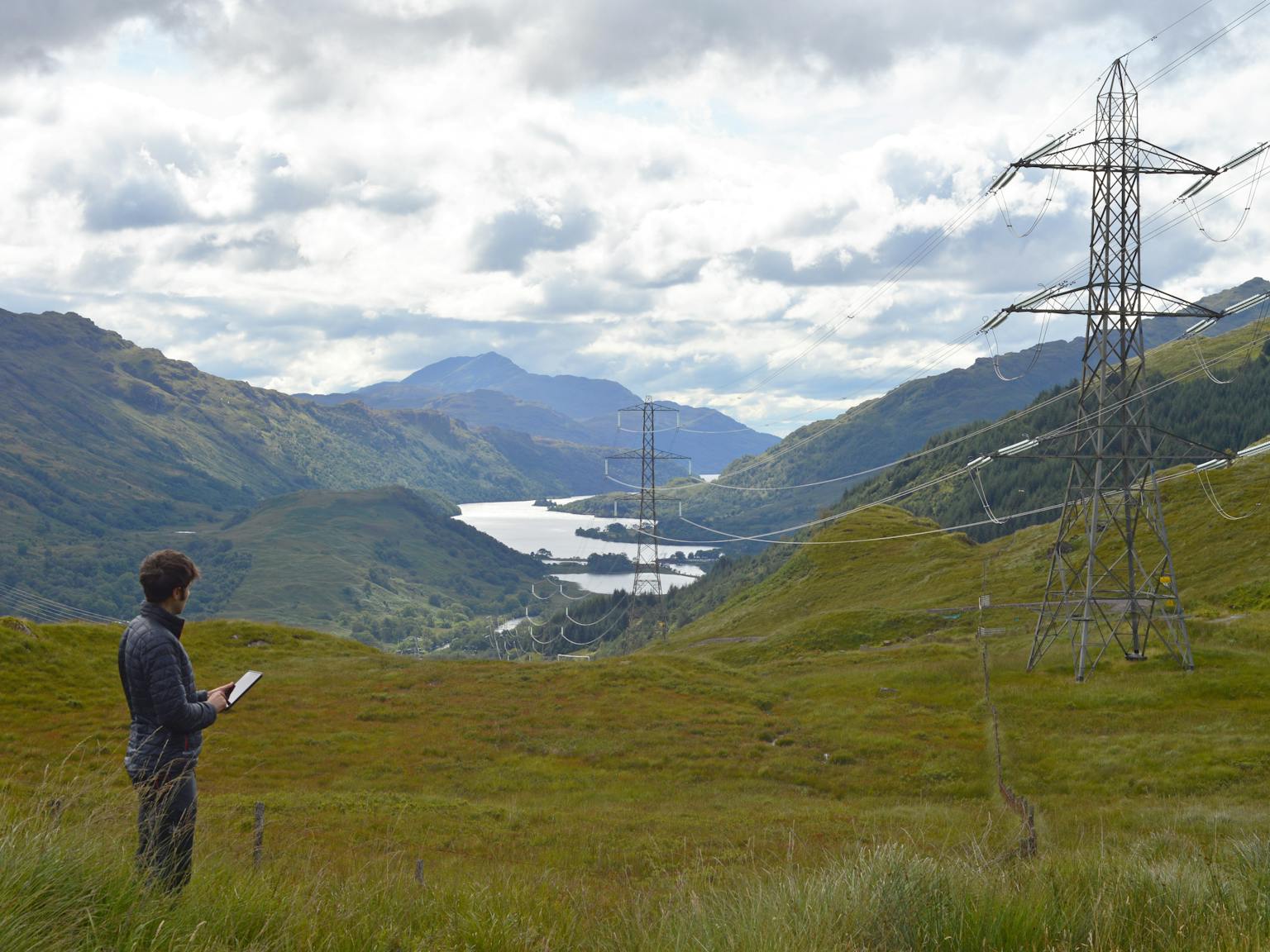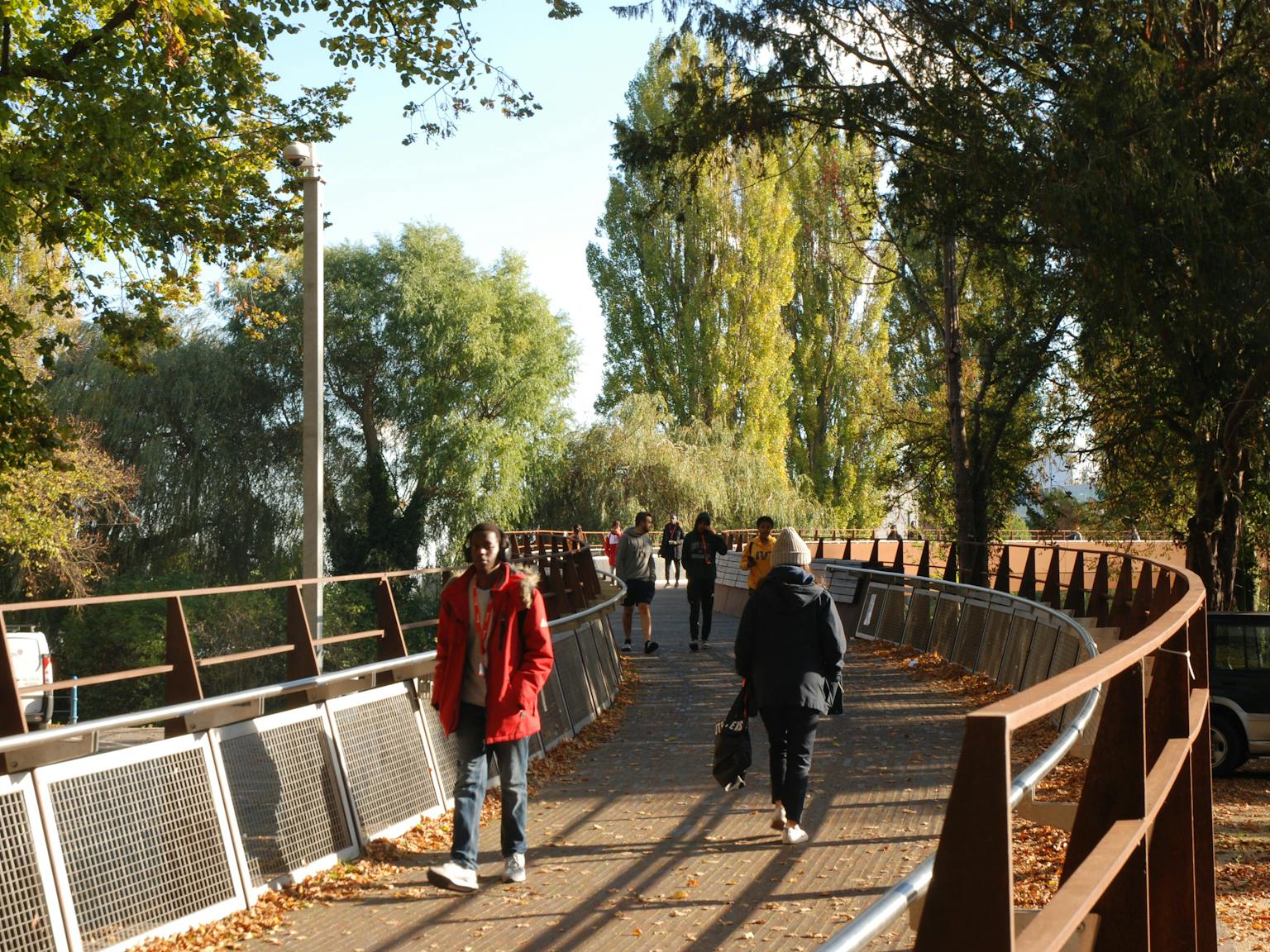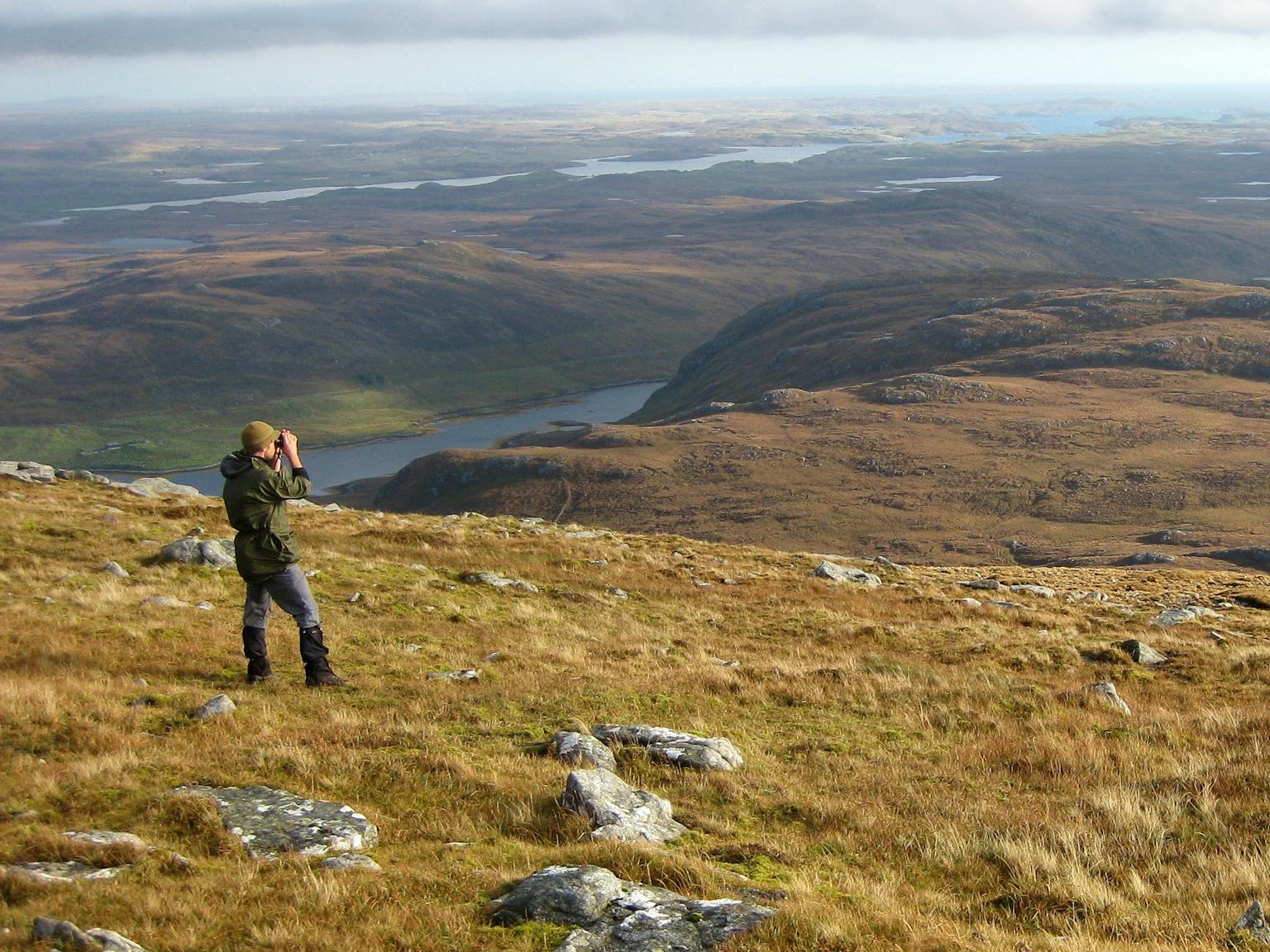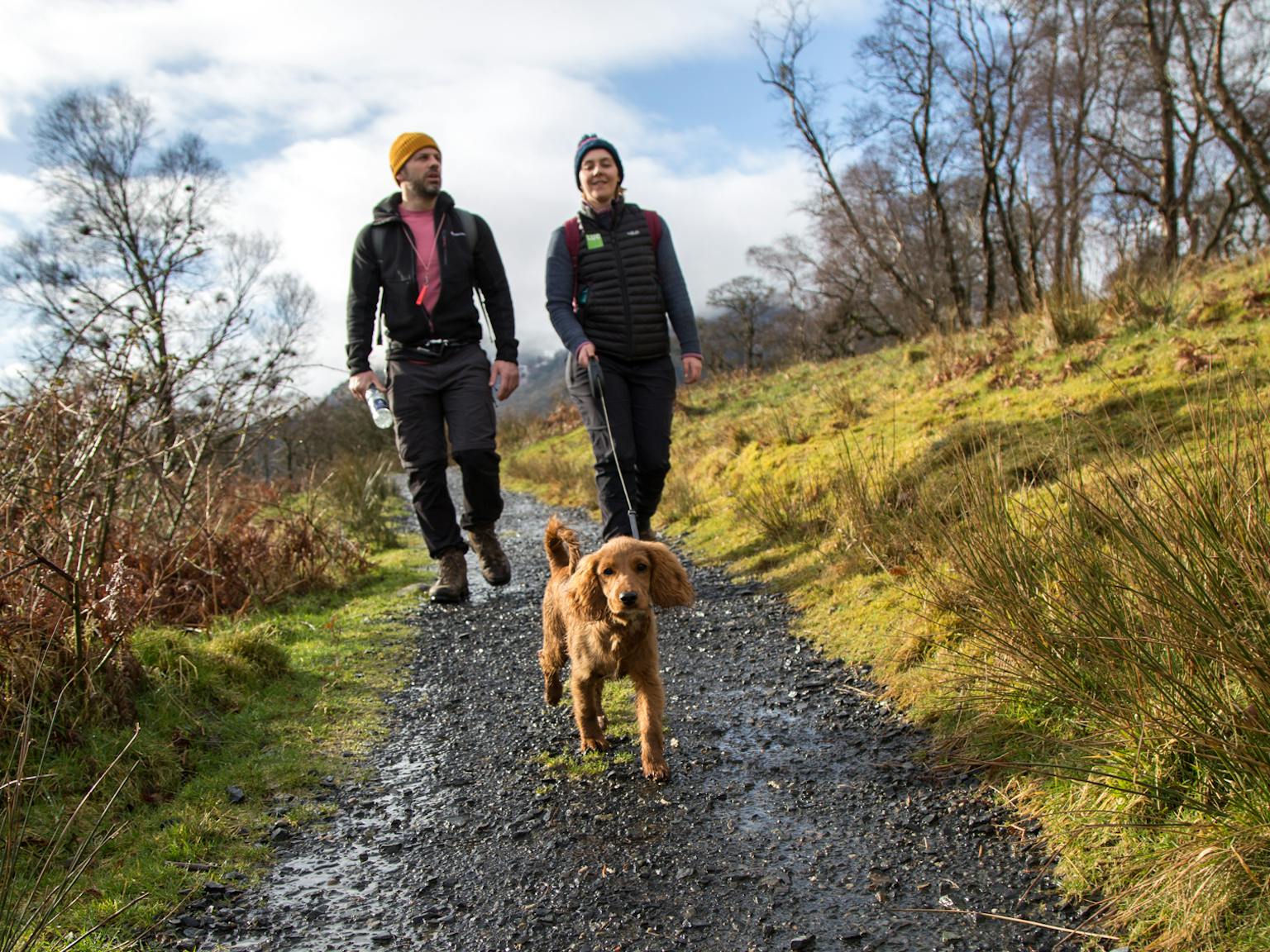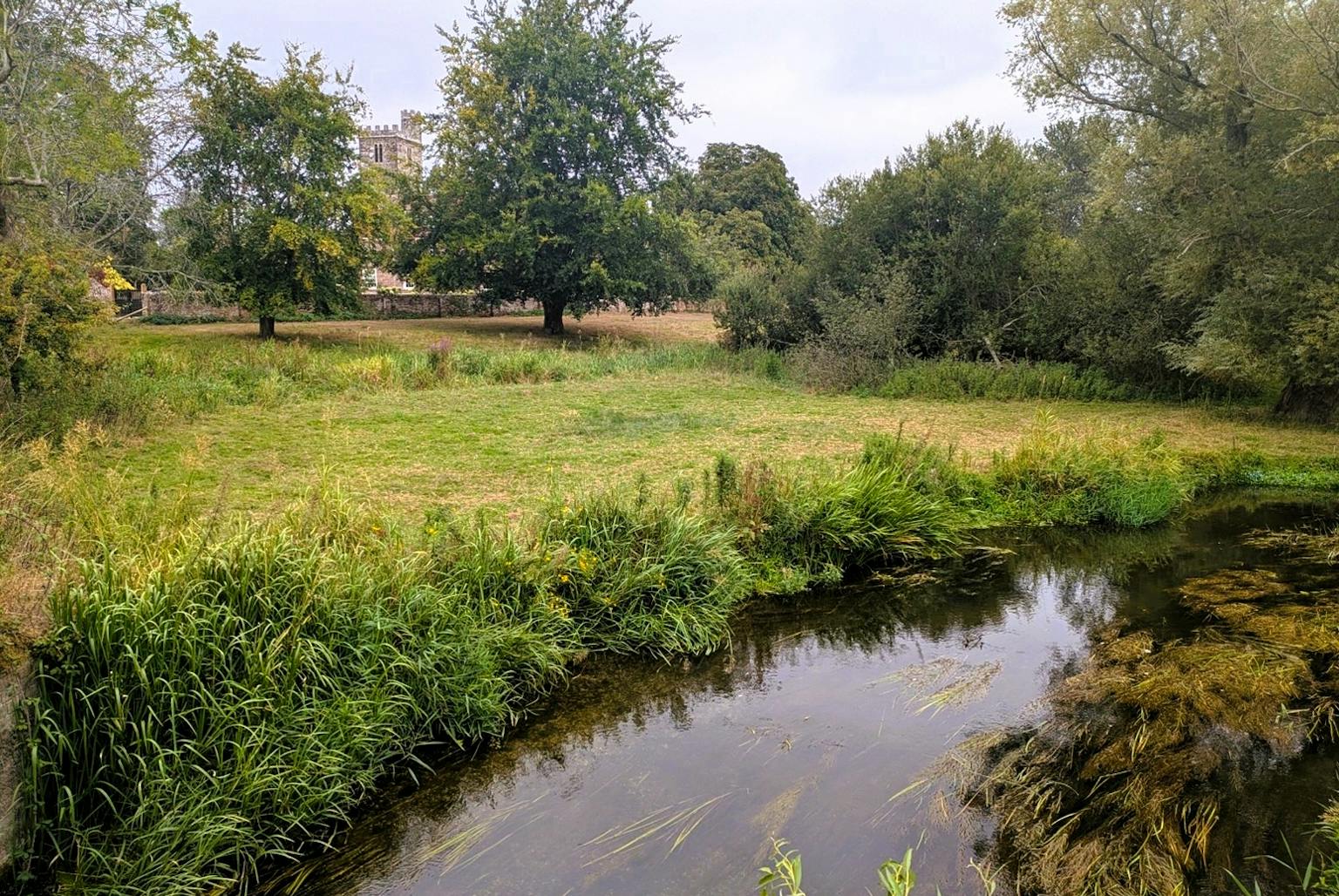
New Forest District Council advances green and blue infrastructure planning with LUC study
LUC has supported New Forest District Council with a new Green and Blue Infrastructure (GBI) Technical Study, providing a comprehensive evidence base to guide future planning and investment across the Avon Valley & Downlands and South Coast Towns. The study extends previous work completed for the Waterside Area, ensuring that a consistent approach to nature-based planning covers every part of the district outside the National Park.
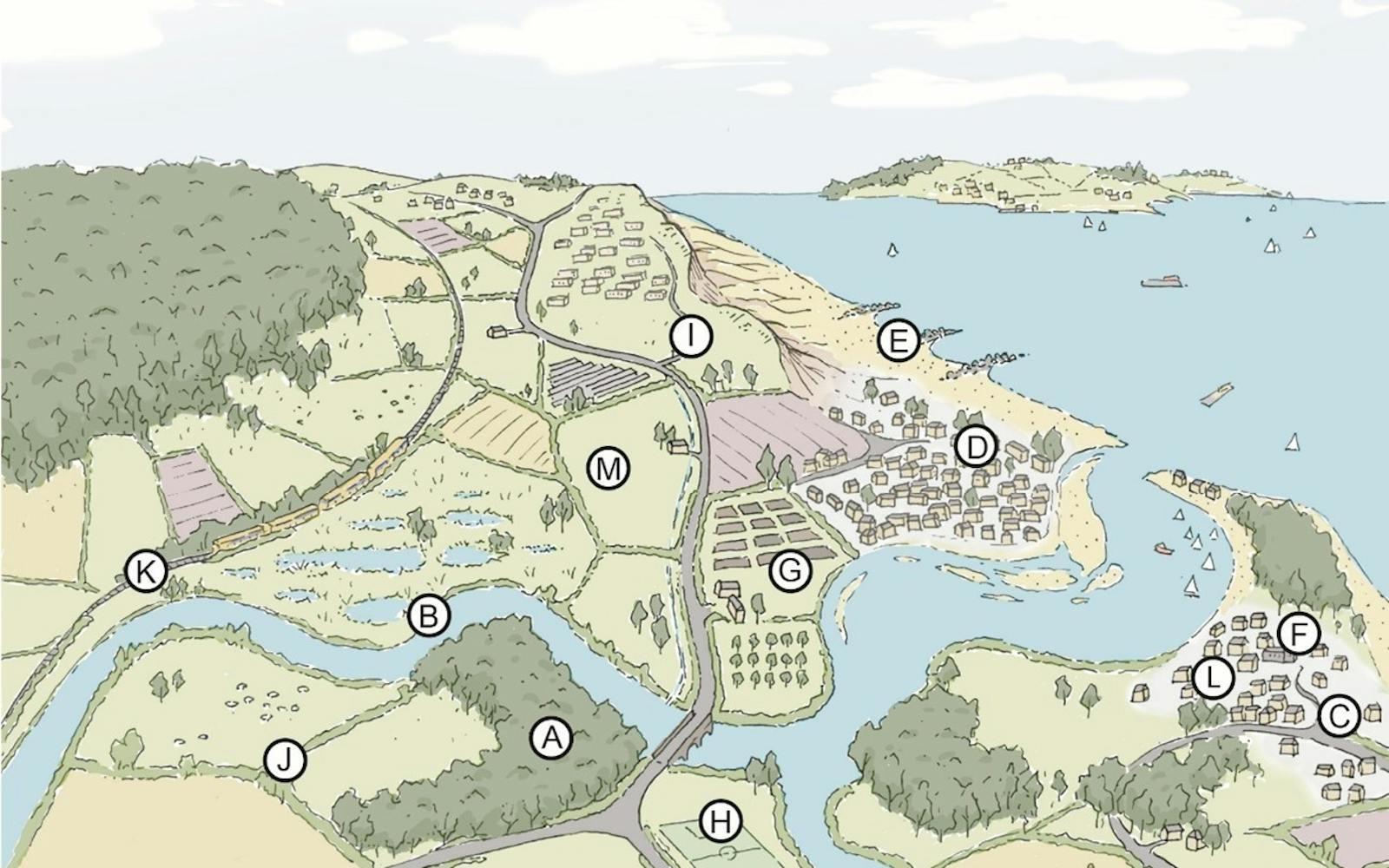
Identifying opportunities to connect people, nature, and place
The study identifies strategic opportunities to protect, enhance and expand the district’s network of natural and semi-natural spaces, from river corridors and coastal habitats to urban green spaces and walking routes, helping to ensure that future growth supports both people and the environment.
A living network for people and nature
Green and blue infrastructure refers to the network of natural and semi-natural features – such as parks, rivers, woodlands, hedgerows and ponds – that connect landscapes and deliver wide-ranging benefits for health, nature and climate. When planned as an integrated network, GBI can help manage flood risk, improve air and water quality, boost biodiversity, promote walking and cycling, and enhance people’s wellbeing.
LUC’s study draws on the latest policy context, including the identification of opportunities to ‘further the purposes’ of the New Forest National Park. The approach aims to help New Forest District Council take a strategic, evidence-based approach to GBI delivery as part of its forthcoming Local Plan review.
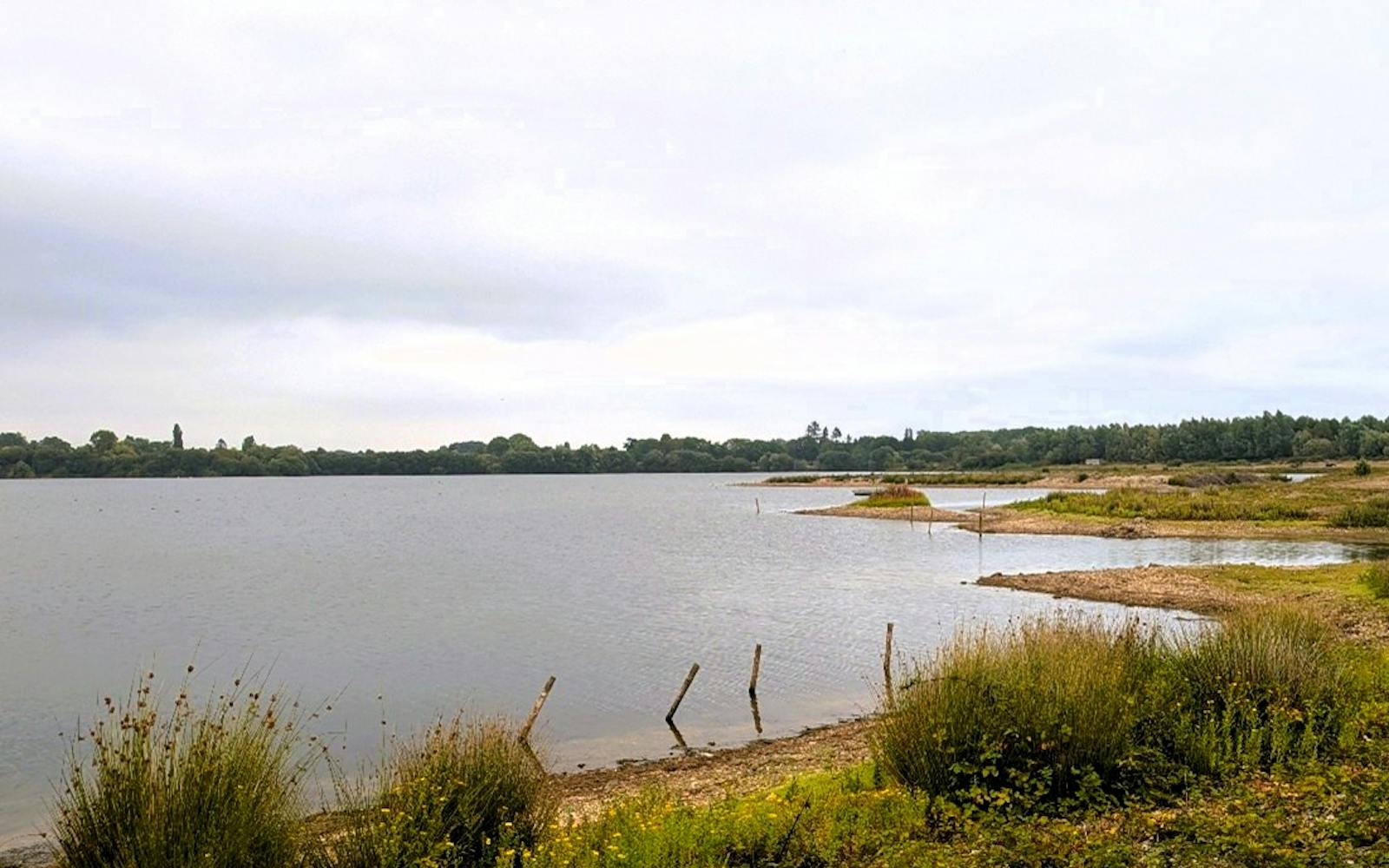
Mapping opportunities and priorities
Informed by spatial data and targeted stakeholder consultation, the study mapped areas where GBI can deliver the greatest multiple benefits – from improved access to nature and recreation, nature recovery, natural flood management and carbon sequestration. Fifteen priority projects were identified to create and enhance the GBI network across the study area.
These include:
- Restoration and re-naturalisation along the River Avon, supporting nature recovery and flood management while improving public access and habitat connectivity.
- Habitat enhancements along Sweatfords Water, creating new wetland and riparian habitats to improve flood resilience and biodiversity.
- Improvements to urban greening and street trees in towns such as Lymington and Ringwood, enhancing climate resilience and neighbourhood character.
- A network of low-carbon ‘health walks’, linking settlements with the wider countryside and promoting active travel.
- Nature-based solutions within Blashford Lakes Nature Reserve, supporting local climate adaptation and water management.
- Enhancements at Milford on Sea and Keyhaven Fields, reducing recreational and nutrient pressures on sensitive coastal habitats.
The projects reflect a balance between urban and rural needs, offering opportunities for new partnerships with local communities, landowners, conservation organisations and developers.
Supporting the New Forest National Park
Many of the proposed interventions will help the Council fulfil its new statutory duty under the Levelling Up and Regeneration Act to ‘further the purposes’ of the New Forest National Park. By improving habitat connectivity, reducing pressures on sensitive sites, and providing alternative recreation opportunities, the projects will contribute to both nature recovery and sustainable access to the National Park’s special landscapes.
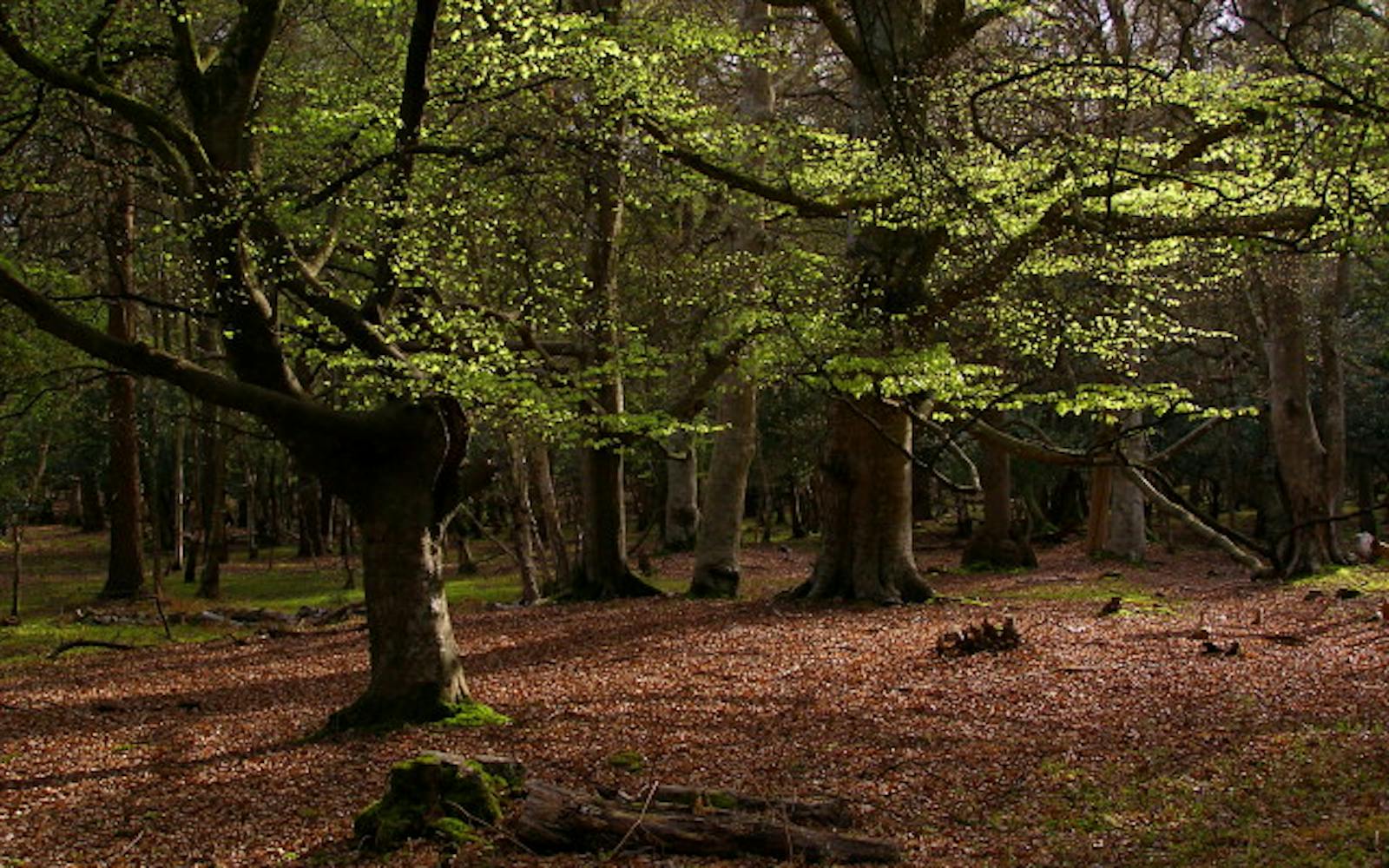
Delivering long-term benefits for communities and the environment
The GBI Technical Study provides a clear framework to guide future investment, ensuring that new development supports a connected, resilient landscape. By embedding GBI planning into the forthcoming Local Plan, the Council can help deliver measurable environmental gains while improving quality of life for residents.
Through this work, LUC and New Forest District Council have created a foundation for an integrated green and blue infrastructure network that will help the district adapt to climate change, support nature recovery, and enhance the health and wellbeing of its communities for generations to come.
Recent news
We’re proud to see The Royal Parks’ new film celebrating the creation of a beautiful garden in The Regent’s Park – a tranquil tribute to Her late Majesty Queen Elizabeth II. LUC supported The Royal Parks through the planning and ecological stages of the project.
LinkedIn, 27 October 2025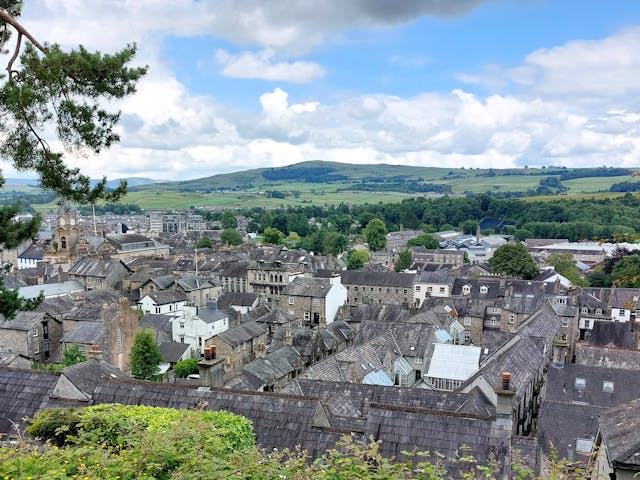 News, 6 November 2025
News, 6 November 2025Have your say on Westmorland and Furness Design Code
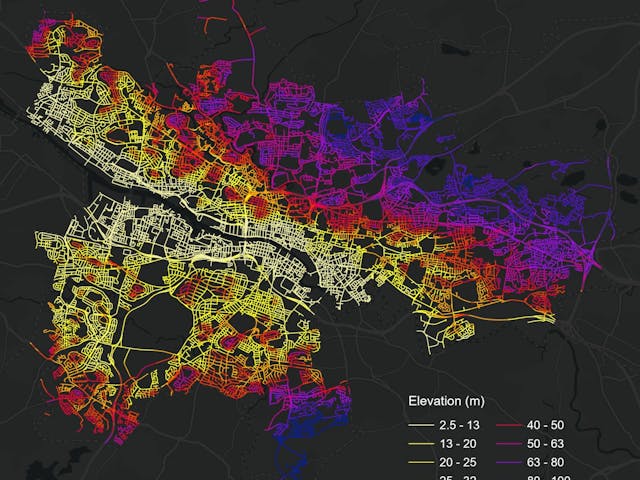 Instagram, 3 November 2025
Instagram, 3 November 2025


